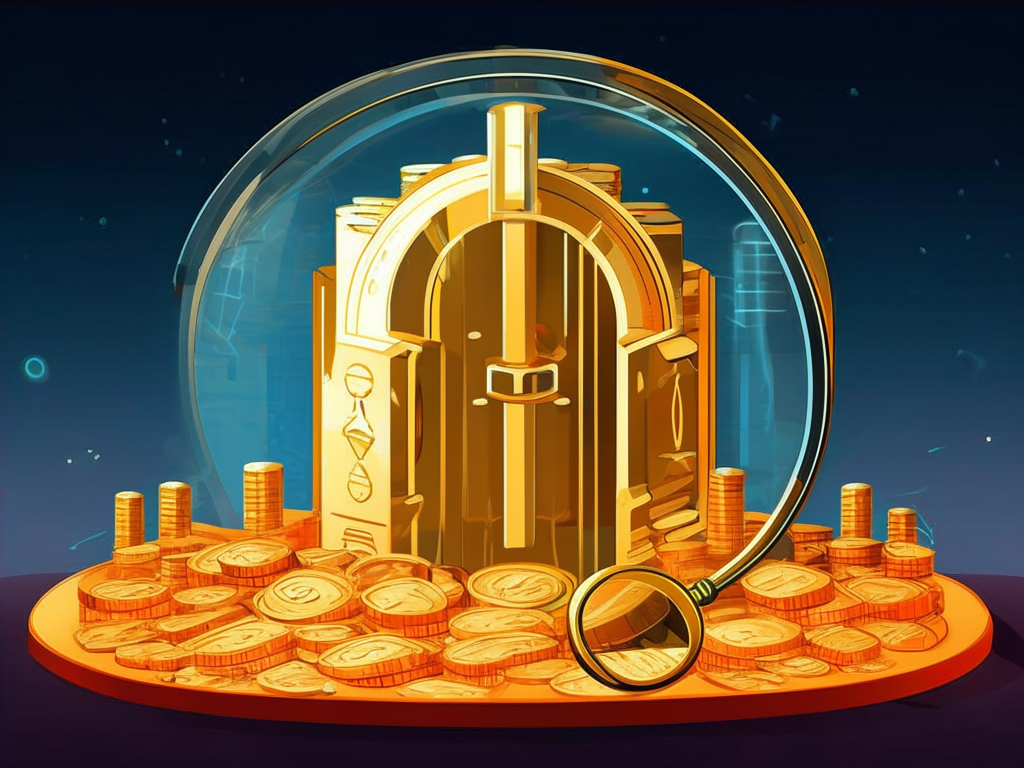Understanding Stablecoin Attestation Reports
Stablecoin attestation reports provide crucial verification that stablecoins like USDC and USDT are properly backed by real-world assets. These reports confirm reserves are held in secure instruments like cash and US Treasurys, ensuring stability in the cryptocurrency ecosystem.
The Importance of Stablecoin Transparency
Transparency serves as the foundation of trust for stablecoins bridging traditional finance and decentralized crypto. Regular attestation reports give users, regulators and investors confidence that stablecoins maintain their promised value through proper reserves.
Key Benefits of Attestation Reports
- Independent verification of reserve assets
- Increased trust in stablecoin reliability
- Demonstrated compliance with financial regulations
How to Evaluate a Stablecoin Attestation Report
- Note the effective date of the report snapshot
- Verify circulating supply matches reserve amounts
- Assess the quality and liquidity of reserve assets
- Review the accounting firm’s methodology
- Account for any excluded or restricted tokens
The Critical Role of Independent Auditors
Reputable firms like Deloitte provide unbiased verification through rigorous examination processes. Their involvement lends credibility to stablecoin issuers’ reserve claims.
Understanding Report Limitations
While valuable, attestations represent single-point verifications rather than continuous monitoring. Users should supplement them with ongoing due diligence.
The Future of Stablecoin Accountability
Emerging standards like the AICPA’s 2025 Criteria promise more consistent reporting frameworks, further strengthening market confidence in stablecoins.

